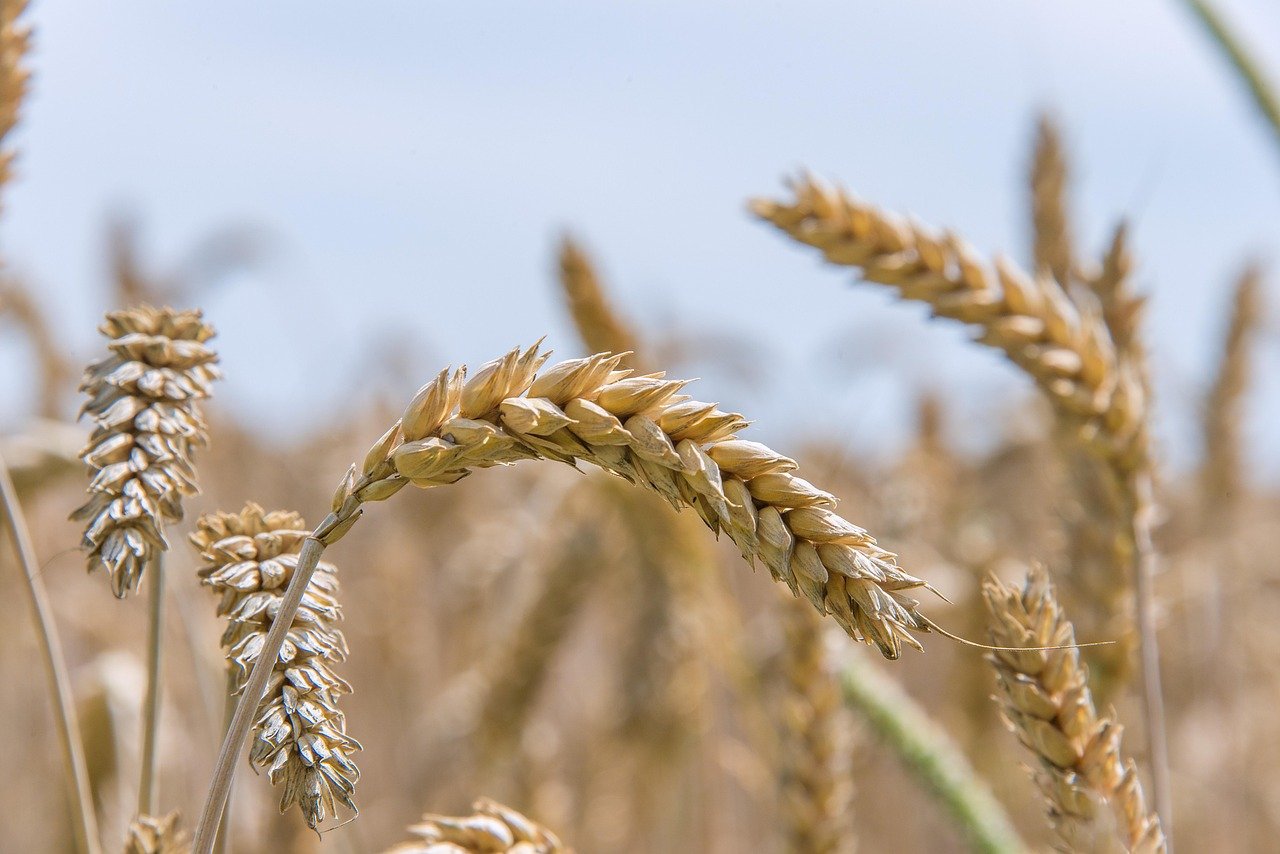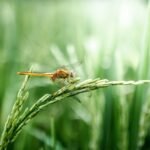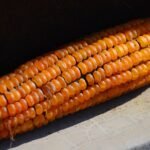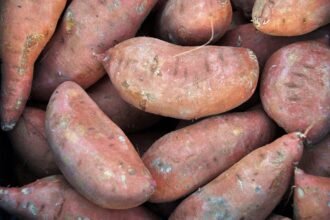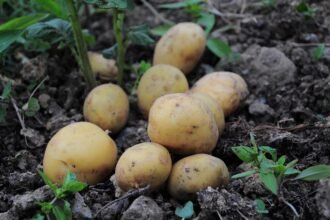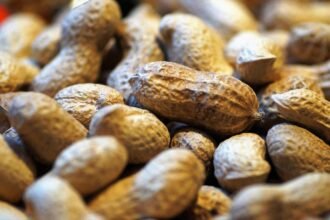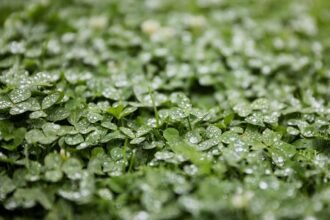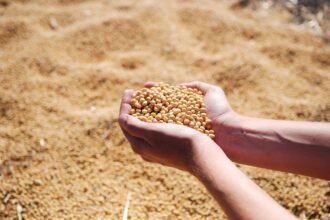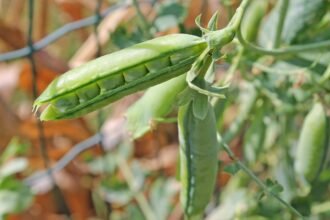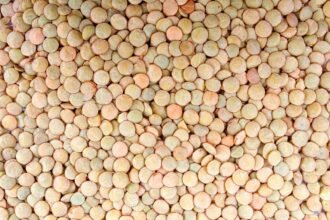Wheat is one of the most important staple crops globally, serving as a primary source of nutrition for millions of people. Whether you’re growing wheat for commercial purposes or small-scale farming, proper technical management is essential for maximizing yields, improving grain quality, and maintaining sustainable farming practices. Below is a detailed guide on the key aspects of wheat cultivation, including soil preparation, irrigation, pest control, and harvest management.
1. Soil Preparation and Fertility Management
Wheat thrives in well-drained, fertile soils that are rich in organic matter. Proper soil preparation is critical to ensure optimal plant growth and nutrient availability.
Key steps:
- Soil Testing: Before planting, perform a soil test to determine nutrient levels, pH, and texture. Wheat prefers soils with a pH between 6.0 and 7.5.
- Land Tillage: Prepare the land by plowing and harrowing to create a fine, seedbed structure. This helps in root penetration and ensures better water retention.
- Organic Matter: Incorporate well-rotted organic matter or compost to improve soil structure, nutrient retention, and water holding capacity.
- Fertilization: Based on soil test results, apply a balanced fertilizer with adequate nitrogen (N), phosphorus (P), and potassium (K) to promote optimal growth. Nitrogen is especially crucial for wheat during the early vegetative stages.
2. Choosing the Right Wheat Variety
Selecting the right wheat variety for your climate and soil conditions is crucial. Wheat varieties can be broadly categorized into two types:
- Winter Wheat: Planted in the fall and harvested the following summer. It requires a cold period for seed development.
- Spring Wheat: Planted in the spring and harvested in late summer or early fall. Ideal for regions with a short growing season.
Choose varieties that are resistant to local diseases and pests, and ensure they are suitable for your region’s temperature and precipitation patterns.
3. Planting and Sowing Techniques
The method of sowing wheat is an important consideration for ensuring good plant establishment and high yields.
- Planting Time: For winter wheat, sowing should be done in the fall, typically 6 to 8 weeks before the first frost, while spring wheat is sowed after the last frost in spring.
- Sowing Depth: Wheat seeds should be planted 3-5 cm deep, ensuring proper soil contact for good germination. Shallow sowing can lead to poor root development.
- Row Spacing: Space rows about 18–25 cm apart to allow for adequate airflow and sunlight penetration.
4. Irrigation and Water Management
Proper irrigation is essential for wheat growth, especially during the flowering and grain-filling stages. While wheat is relatively drought-tolerant, ensuring that it has sufficient water can prevent yield loss.
- Rain-fed vs. Irrigated Systems: In regions with adequate rainfall, wheat can be grown without irrigation. However, in drier areas, irrigation may be necessary, especially during the grain-filling period.
- Water Scheduling: Irrigate the crop at critical growth stages, such as tillering, booting, flowering, and grain filling. However, avoid overwatering, as wheat roots can suffer from oxygen deprivation if the soil remains too wet for long periods.
- Drip and Sprinkler Irrigation: In large-scale wheat farms, drip or sprinkler systems can ensure efficient water usage and reduce water wastage.
5. Fertilizer and Nutrient Management
Proper nutrient management is key to maximizing wheat yield. Fertilizer application must be tailored to the soil’s existing nutrient levels and the crop’s specific needs.
- Nitrogen Fertilization: Nitrogen is the most critical nutrient for wheat. Apply nitrogen in two splits: one during early vegetative growth (at the tillering stage) and another during stem elongation (at the booting stage).
- Phosphorus and Potassium: These nutrients are essential for root development and grain filling. They should be applied before planting or at early growth stages.
- Micronutrients: Ensure adequate supply of micronutrients such as zinc and sulfur. Deficiencies can result in poor growth and reduced yields.
6. Weed Control
Weeds can severely hinder wheat growth by competing for water, nutrients, and light. Effective weed management is crucial to ensure optimal wheat development.
- Pre-emergence Herbicides: Apply herbicides before the wheat seeds emerge to control early-stage weed growth.
- Post-emergence Herbicides: For weeds that appear after the crop has emerged, use selective herbicides to eliminate them without harming the wheat plants.
- Cultural Practices: Use crop rotation, tilling, and mulching to manage weeds effectively. Also, maintaining proper row spacing can help reduce weed competition.
7. Pest and Disease Management
Wheat is susceptible to several pests and diseases that can significantly reduce yields. Early identification and management are key to controlling these threats.
Common Pests and Diseases:
- Aphids and Wheat Midge: These pests can damage the wheat crop by feeding on the plant or transmitting diseases. Use insecticides or biological control methods when necessary.
- Rust Diseases: Wheat is susceptible to various types of rust, such as leaf rust, stem rust, and yellow rust. Choose resistant varieties, and apply fungicides as necessary.
- Fusarium Head Blight: This fungal disease affects wheat heads, reducing grain quality. Use resistant varieties and avoid wet conditions during flowering.
- Integrated Pest Management (IPM): Use a combination of biological control, chemical control, and cultural practices to manage pests and diseases effectively.
8. Harvesting and Post-Harvest Handling
Proper timing of harvest and post-harvest management are essential for maximizing the quality and yield of wheat.
- Harvest Timing: Harvest wheat when the grains are fully mature and the moisture content is around 13-15%. Early harvesting may result in low-quality grain, while late harvesting can lead to grain shattering or loss of quality.
- Threshing: After harvesting, thresh the wheat to separate the grain from the chaff. This can be done manually or using mechanical threshers.
- Drying: Dry the harvested wheat to reduce moisture content, which prevents mold and spoilage during storage.
- Storage: Store wheat in a cool, dry place to ensure longevity and prevent pest infestation. Use airtight containers or silos to protect the grain from moisture and pests.
9. Sustainable Wheat Farming Practices
With increasing global concerns about the environment, adopting sustainable wheat farming practices is crucial to minimize ecological impact and ensure long-term productivity.
- Crop Rotation: Rotate wheat with other crops such as legumes, corn, or soybeans to improve soil health and reduce pest buildup.
- Conservation Tillage: Minimize tillage to preserve soil structure, reduce erosion, and improve water retention.
- Water Conservation: Implement efficient irrigation methods and practice rainwater harvesting to optimize water usage and reduce wastage.
- Organic Farming: Consider transitioning to organic wheat farming, which avoids synthetic pesticides and fertilizers, benefiting both the environment and crop quality.
Conclusion
Wheat cultivation requires careful attention to soil management, irrigation, pest control, and fertilization to achieve high yields and good grain quality. Whether you are a smallholder or a commercial farmer, following these technical management practices will help you optimize production while maintaining sustainable and environmentally friendly farming practices. By staying informed and adapting to local conditions, wheat farmers can ensure healthy crops and a successful harvest.

